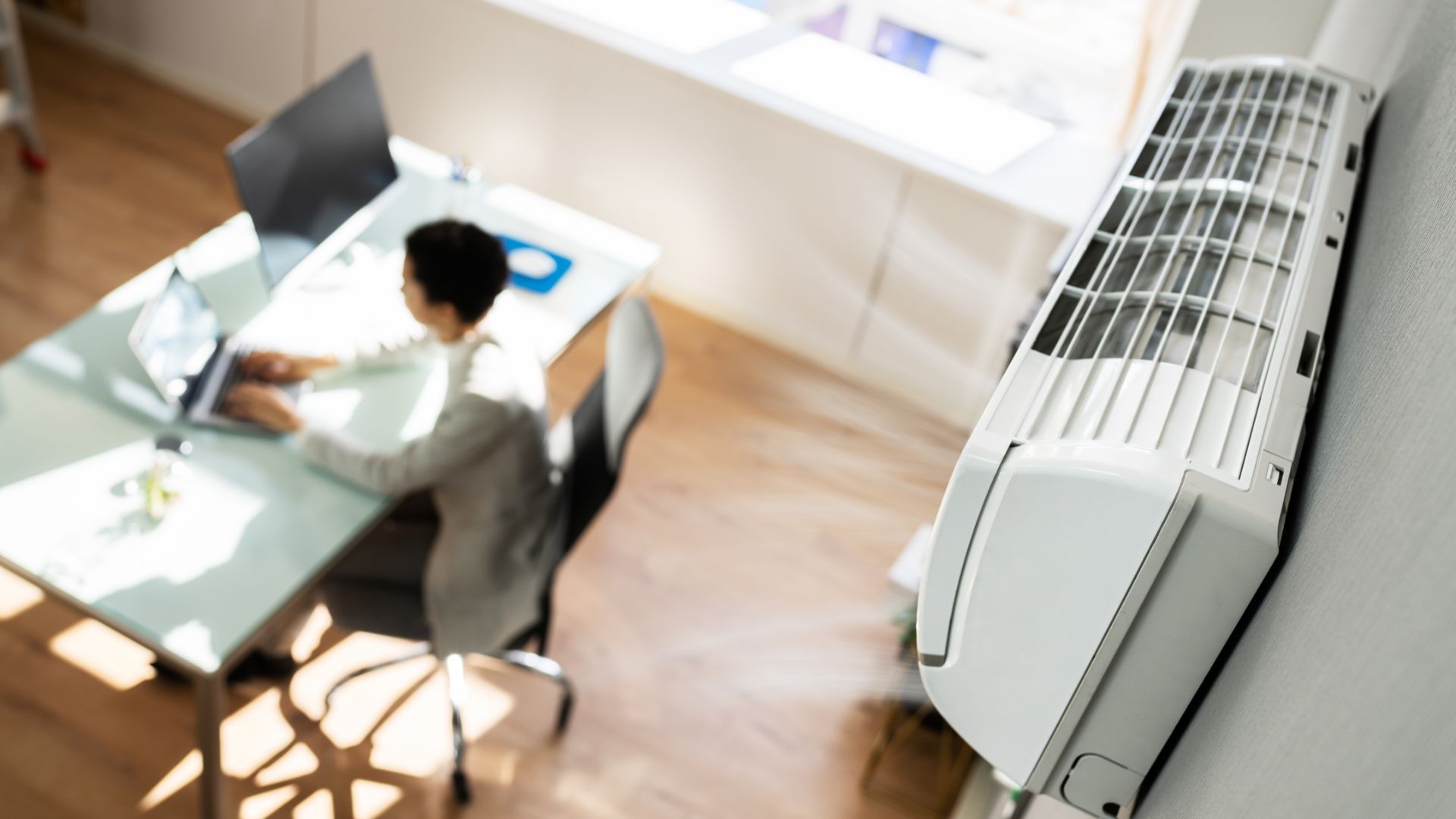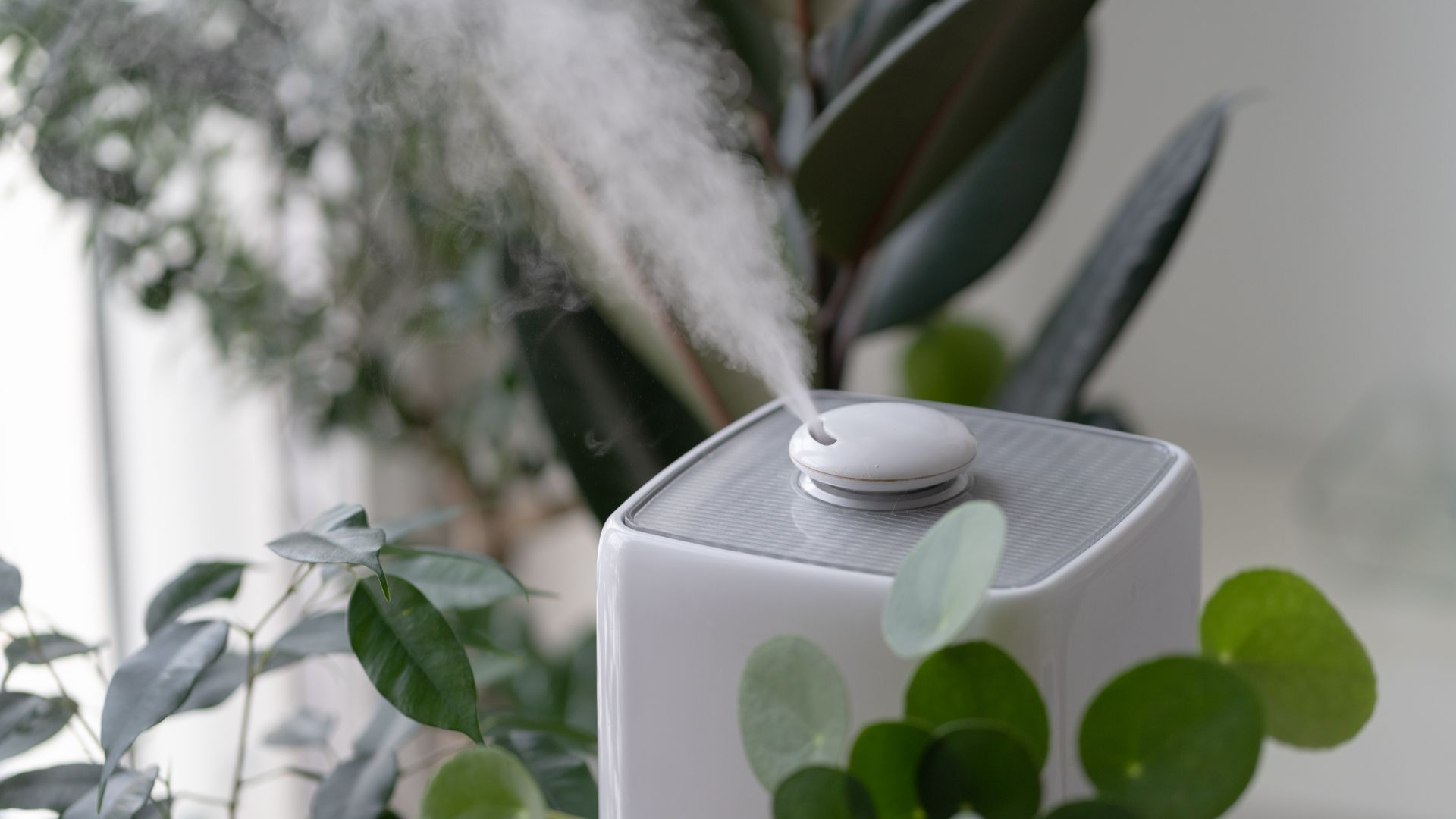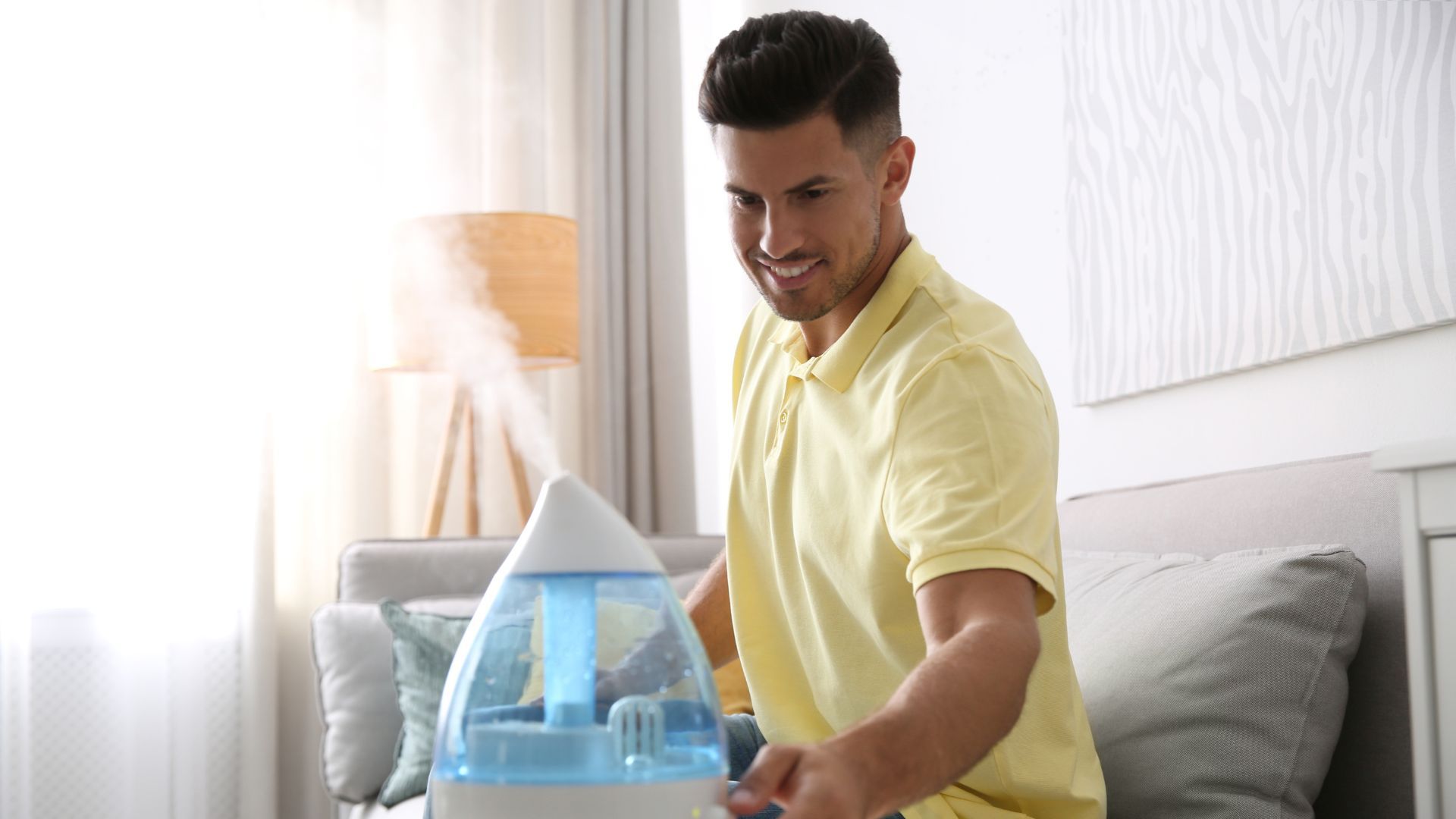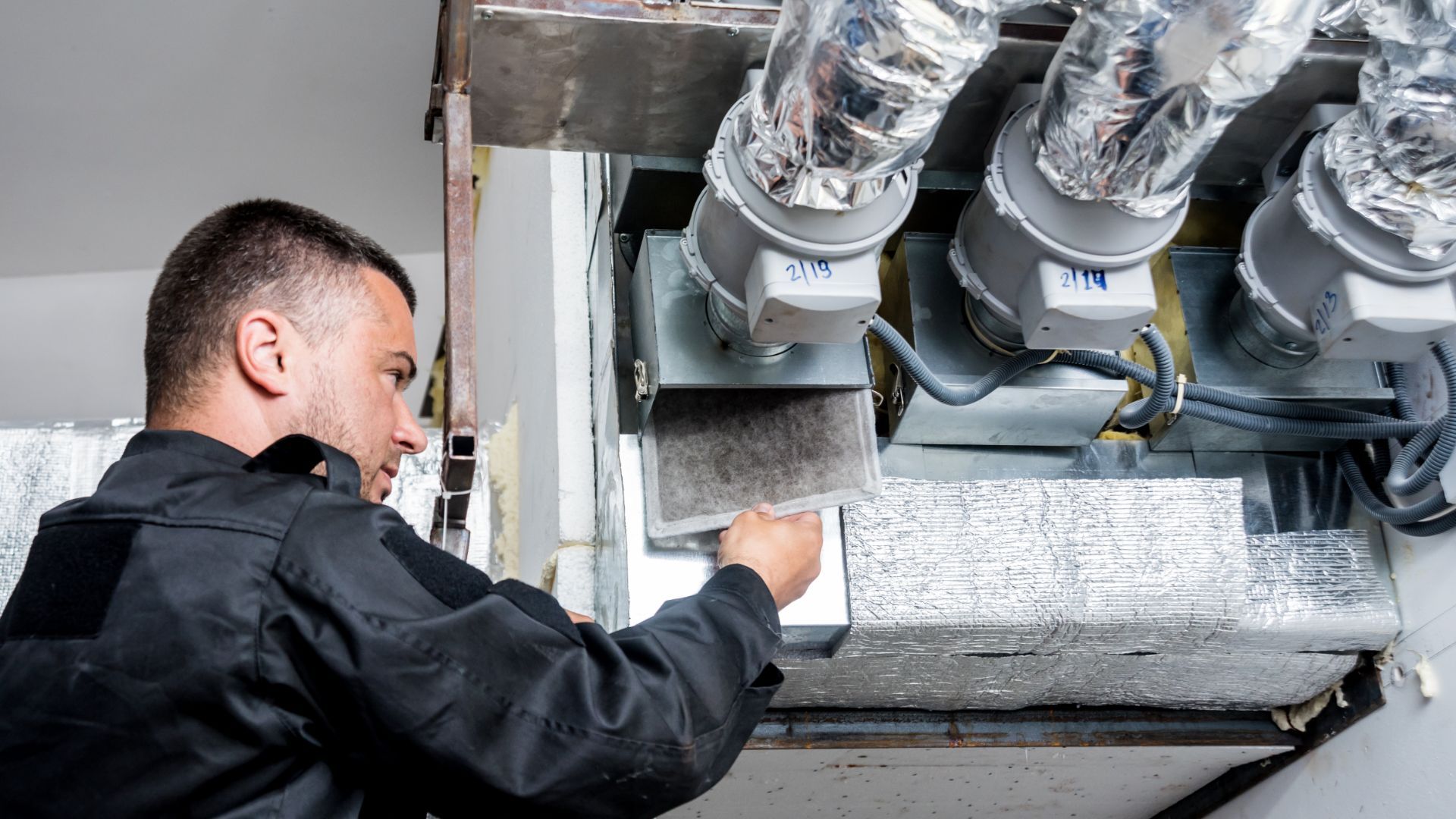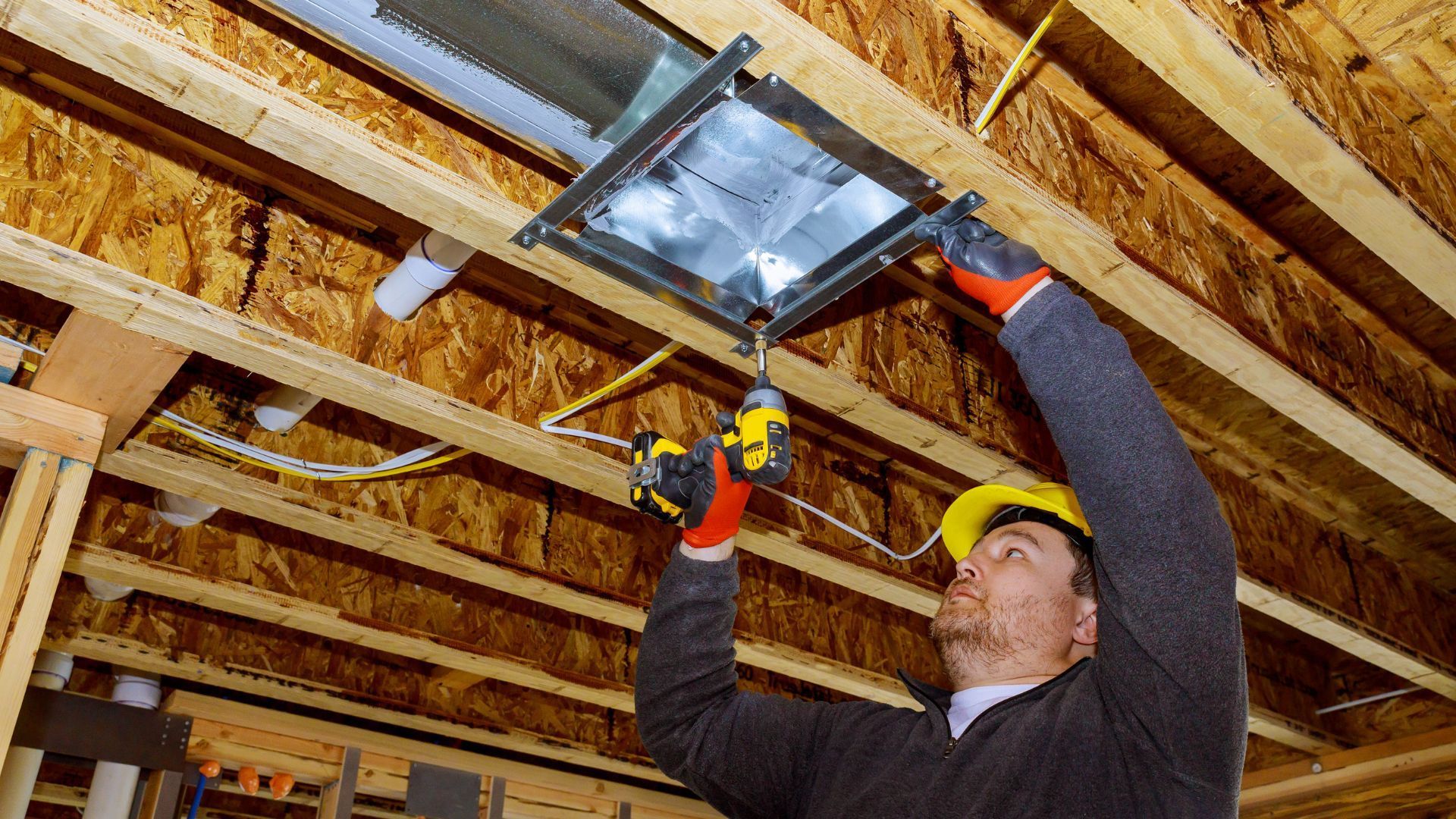Comprehensive Guide to Home Ventilation Systems
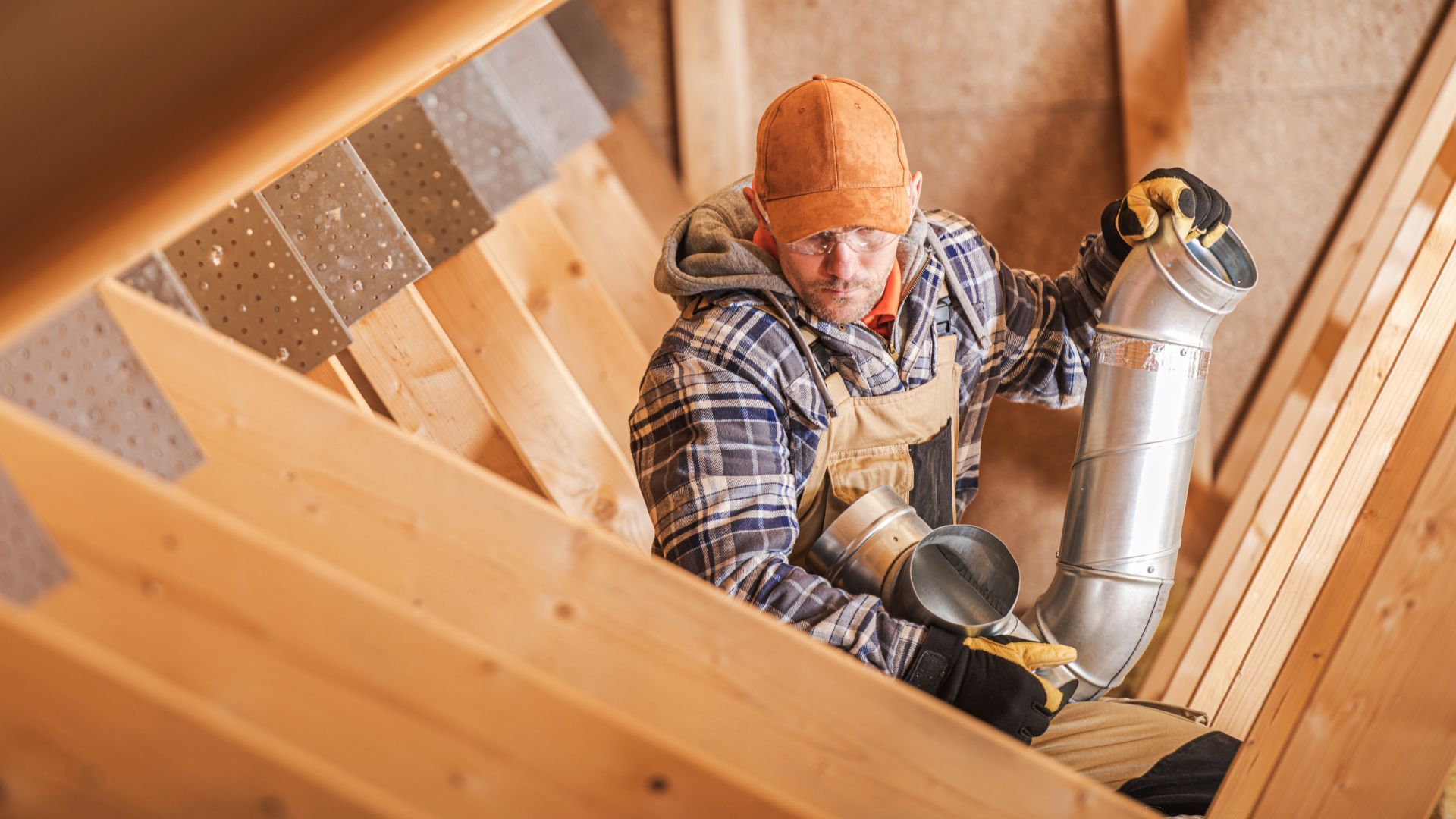
In the pursuit of creating a healthy and comfortable indoor environment, choosing the right ventilation system for your home is paramount. Proper ventilation ensures the circulation of fresh air, expels pollutants, and maintains optimal humidity levels. In this guide, we will delve into three types of home ventilation systems, outlining their features, benefits, and optimal applications.
Exhaust Ventilation Systems
Exhaust ventilation systems work by expelling stale air from the interior of the home, creating a negative pressure environment. This encourages fresh air to naturally flow in through openings like windows and doors.
Components
- Exhaust Fan
This is the core component responsible for removing indoor air. It is strategically placed in areas prone to moisture and odors, such as the kitchen and bathroom.
- Ductwork
Channels the expelled air from the exhaust fan to the exterior of the home.
Benefits
- Cost-Effective
Exhaust systems are generally more affordable to install compared to other ventilation methods.
- Targeted Ventilation
Ideal for localized areas where moisture and odors accumulate.
Optimal Applications
- Kitchens
Effective in eliminating cooking odors and excess humidity.
- Bathrooms
Helps in reducing moisture levels after showers.
Supply Ventilation Systems
Supply ventilation systems operate by actively introducing fresh outdoor air into the home. This method pressurizes the interior, prompting stale air to be expelled through passive openings.
Components
- Supply Fan
Draws in outdoor air and distributes it throughout the living spaces.
- Ductwork
Ensures even distribution of fresh air.
Benefits
- Balanced Airflow
Provides consistent and controlled airflow, ensuring a steady supply of fresh air.
- Improved Air Quality
Filters outdoor air, reducing indoor pollutants.
Optimal Applications
- Homes in Urban Areas
Counters poor outdoor air quality by filtering and regulating incoming air.
- Homes with Sealed Construction
Maintains a steady flow of fresh air in tightly sealed buildings.
Balanced Ventilation Systems
Balanced ventilation systems combine elements of both exhaust and supply methods. They aim to achieve an equilibrium between indoor and outdoor air, providing controlled and efficient ventilation.
Components
- Exhaust Fan
Removes stale air.
- Supply Fan
Introduces fresh outdoor air.
- Heat Recovery Ventilator (HRV) or Energy Recovery Ventilator (ERV)
Regulates temperature and humidity levels, ensuring energy efficiency.
Benefits
- Energy Efficiency
HRVs and ERVs recover heat or coolness from outgoing air, minimizing energy wastage.
- Improved Indoor Air Quality
Filters incoming air, reducing allergens and pollutants.
Optimal Applications
- All Climates
Adaptable to various climates, ensuring efficient ventilation year-round.
- Energy-Efficient Homes
Complements efforts to maintain airtight and well-insulated structures.
FAQs
Q: What is the purpose of a home ventilation system?
A home ventilation system aims to create a healthy and comfortable indoor environment by ensuring the circulation of fresh air, expelling pollutants, and maintaining optimal humidity levels.
Q: How do exhaust ventilation systems work?
Exhaust ventilation systems operate by expelling stale air from the interior of the home, creating a negative pressure environment. This encourages fresh air to naturally flow in through openings like windows and doors.
Q: What are the key components of an exhaust ventilation system?
Exhaust Fan: This component is responsible for removing indoor air and is typically placed in areas prone to moisture and odors, such as the kitchen and bathroom.
Ductwork: Channels the expelled air from the exhaust fan to the exterior of the home.
Q: What are the benefits of using an exhaust ventilation system?
Cost-Effectiveness: Exhaust systems are generally more affordable to install compared to other ventilation methods.
Targeted Ventilation: They are ideal for localized areas where moisture and odors accumulate.
Q: Where are exhaust ventilation systems optimally used?
Kitchens: They are effective in eliminating cooking odors and excess humidity.
Bathrooms: They help in reducing moisture levels after showers.
Q: How do supply ventilation systems operate?
Supply ventilation systems actively introduce fresh outdoor air into the home, pressurizing the interior and prompting stale air to be expelled through passive openings.
Q: What are the main components of a supply ventilation system?
Supply Fan: This draws in outdoor air and distributes it throughout the living spaces.
Ductwork: Ensures even distribution of fresh air.
Q: What are the benefits of using a supply ventilation system?
Balanced Airflow: Provides consistent and controlled airflow, ensuring a steady supply of fresh air.
Improved Air Quality: Filters outdoor air, reducing indoor pollutants.
Q: Where are supply ventilation systems optimally used?
Homes in Urban Areas: They counter poor outdoor air quality by filtering and regulating incoming air.
Homes with Sealed Construction: They maintain a steady flow of fresh air in tightly sealed buildings.
Q: What are balanced ventilation systems and how do they work?
Balanced ventilation systems combine elements of both exhaust and supply methods. They aim to achieve an equilibrium between indoor and outdoor air, providing controlled and efficient ventilation.
Q: What are the key components of a balanced ventilation system?
Exhaust Fan: Removes stale air.
Supply Fan: Introduces fresh outdoor air.
Heat Recovery Ventilator (HRV) or Energy Recovery Ventilator (ERV): Regulates temperature and humidity levels, ensuring energy efficiency.
Q: What are the benefits of using a balanced ventilation system?
Energy Efficiency: HRVs and ERVs recover heat or coolness from outgoing air, minimizing energy wastage.
Improved Indoor Air Quality: Filters incoming air, reducing allergens and pollutants.
Q: Where are balanced ventilation systems optimally used?
All Climates: They are adaptable to various climates, ensuring efficient ventilation year-round.
Energy-Efficient Homes: They complement efforts to maintain airtight and well-insulated structures.
Conclusion
Selecting the appropriate ventilation system is a critical decision in ensuring a healthy and comfortable home environment. Whether opting for exhaust, supply, or balanced ventilation, each system offers unique benefits tailored to specific needs. By understanding their features and optimal applications, you can make an informed choice that promotes the well-being of your household.
Feel the benefits of a home ventilation system today. Contact us and see the difference for yourself!
